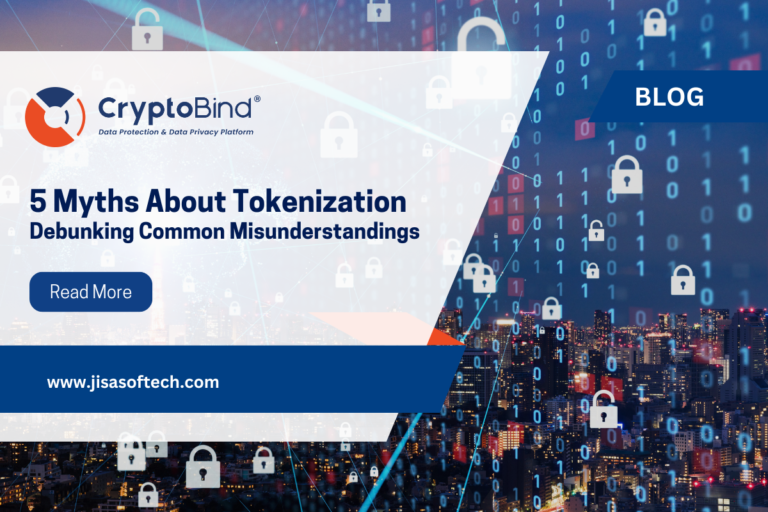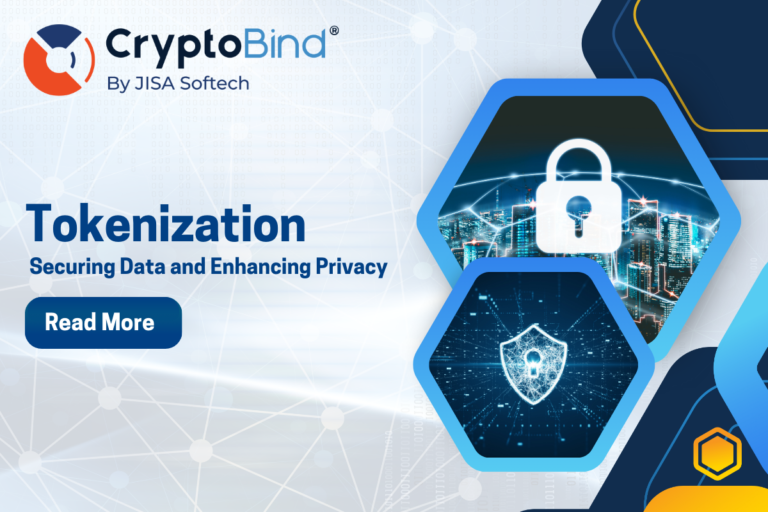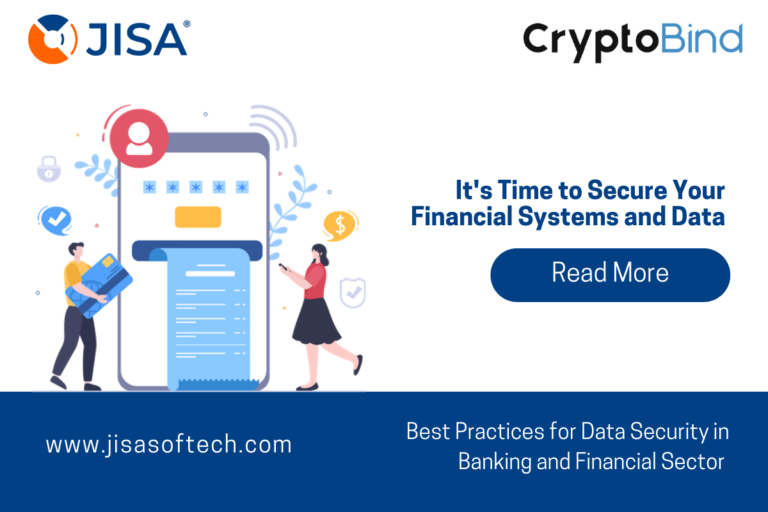Vaultless Tokenization and Its Role in PCI DSS Compliance
In an era where data breaches and cyber threats are on the rise, safeguarding sensitive information has become a critical priority for businesses across industries. Tokenization, a powerful data protection technique, replaces sensitive data with non-sensitive, randomly generated tokens, ensuring that the original information remains secure and inaccessible to unauthorized entities. Unlike encryption, which transforms data into a coded format that can be deciphered with a key, tokenization completely removes sensitive data from systems, making it an ideal solution for compliance and security.
Initially introduced in financial systems as physical substitutes for currency, tokenization has evolved into a digital security measure, protecting payment transactions, personal records, and confidential business information. Its application has expanded beyond financial data to sectors like healthcare, legal, and government services, reinforcing data security while simplifying regulatory compliance.
As organizations increasingly prioritize data privacy, tokenization has emerged as a reliable solution for reducing risk, ensuring compliance, and enhancing customer trust in an interconnected digital world.
Imagine a bank where every transaction—every deposit, withdrawal, or balance inquiry—relies on a single, central vault. This setup would create long queues, slow down services, and frustrate customers. Traditional tokenization systems work in a similar way. They rely on a central vault to store sensitive data, causing delays and inefficiencies, particularly in high-transaction environments like banking and e-commerce.
Vaultless tokenization, on the other hand, is like equipping each bank teller with a secure, high-tech cash drawer. Transactions happen instantly without needing to communicate with a central vault, eliminating bottlenecks and ensuring seamless performance. This technology not only enhances security but also simplifies compliance with stringent regulations like PCI DSS (Payment Card Industry Data Security Standard).
Understanding Vaultless Tokenization
What Is Tokenization?
Tokenization is the process of replacing sensitive data—such as credit card numbers or personally identifiable information (PII)—with randomly generated tokens that hold no intrinsic value. These tokens act as placeholders, and the original data is securely stored or encrypted elsewhere. Only authorized systems can convert tokens back to their original form through a process called detokenization, which typically occurs within a secure hardware security module (HSM).
Vaulted vs. Vaultless Tokenization
Traditional (vaulted) tokenization relies on a centralized database (token vault) to store mappings between tokens and their original data. While this method provides security, it introduces performance issues due to frequent database lookups and high maintenance costs.
Vaultless tokenization eliminates the need for a token vault. Instead, it generates tokens dynamically using cryptographic methods and a distributed key management system. Since no centralized vault exists, this approach reduces latency, enhances scalability, and minimizes compliance burdens.
The Role of Vaultless Tokenization in PCI DSS Compliance
PCI DSS compliance is a critical requirement for businesses handling payment card data. It mandates stringent security measures to protect cardholder information and prevent fraud. Vaultless tokenization plays a crucial role in reducing PCI DSS compliance scope by ensuring that sensitive data is never stored in its raw form.
How Vaultless Tokenization Aligns with PCI DSS
- Data Minimization: Since tokenized data holds no value, it often falls outside PCI DSS scope, reducing compliance complexities.
- Secure Encryption: Vaultless tokenization leverages AES (Advanced Encryption Standard) and other strong encryption techniques to safeguard tokens and keys.
- Reduced Attack Surface: Without a central token vault, attackers have fewer high-value targets, improving overall data security.
- Enhanced Access Controls: Vaultless tokenization supports role-based access management, ensuring that only authorized personnel can detokenize data.
Key Components of Vaultless Tokenization
- Cryptographic Token Generation
Vaultless tokenization relies on robust cryptographic algorithms to generate and secure tokens. These algorithms ensure that tokens cannot be reverse-engineered, making them useless if intercepted.
- Distributed Key Management
Instead of a centralized vault, vaultless tokenization uses a network of distributed key management servers. This improves:
- Scalability: By spreading the workload across multiple nodes, systems can handle increased transaction volumes effortlessly.
- Resilience: Redundant key management servers ensure uninterrupted operations even if one server fails.
- Security: Distributed architecture eliminates single points of failure, making it harder for attackers to compromise data.
- Cloud-Based Deployment
Many modern vaultless tokenization solutions leverage cloud environments to enhance flexibility and efficiency. Cloud-based deployment offers:
- On-demand scalability to accommodate fluctuating transaction volumes.
- Cost savings by reducing the need for expensive on-premises infrastructure.
- Seamless integration with other cloud security tools.
Optimizing Vaultless Tokenization for Maximum Efficiency
1. Embracing Distributed Processing Architectures
Vaultless tokenization distributing tokenization tasks across multiple servers, ensuring faster and more efficient operations—similar to opening multiple checkout lanes in a busy store.
2. Implementing Smart Token Caching
Re-generating tokens repeatedly for frequently accessed data can slow down system performance. Smart token caching reduces processing time by storing frequently used tokens locally, allowing applications to access them instantly without repeated computation.
3. Harnessing Cloud-Based Tokenization
By moving tokenization processes to the cloud, businesses can achieve:
- Faster deployment of security solutions.
- Lower maintenance costs by eliminating physical infrastructure.
- Easier compliance management through automated updates and security patches.
Strengthening Security with Vaultless Tokenization
While vaultless tokenization significantly enhances efficiency and compliance, organizations must implement strong security measures to maximize its benefits:
- Robust Key Management: Regularly audit and rotate encryption keys to prevent unauthorized access.
- Strong Encryption Algorithms: Use industry-standard encryption methods like AES-256 to protect sensitive data.
- Application Security: Secure the environments where tokenization occurs to prevent attacks.
- End-to-End Network Encryption: Ensure encrypted communication between distributed components to mitigate data interception risks.
Real-World Benefits of Vaultless Tokenization for Financial Services
Financial institutions and payment processors can leverage vaultless tokenization to gain a competitive edge. Some tangible benefits include:
- Faster Customer Onboarding
Traditional KYC (Know Your Customer) and account verification processes often involve handling sensitive data. Vaultless tokenization accelerates onboarding by securely tokenizing customer data in real time, reducing processing delays and enhancing user experience.
- Simplified Regulatory Compliance
With strict regulations like PCI DSS, DPDPA, GDPR, and CCPA, organizations must ensure secure data handling. Vaultless tokenization reduces compliance scope, minimizing the risk of non-compliance penalties.
- Improved Transaction Speeds
Since vaultless tokenization eliminates the need for constant vault communication, transactions occur almost instantly. This is especially beneficial for e-commerce, banking, and payment processing industries, where speed is a critical factor in user satisfaction.
- Cost Savings
By eliminating the need for expensive token vaults, businesses can significantly reduce infrastructure and maintenance costs while improving security and efficiency.
Conclusion
Vaultless tokenization is revolutionizing data security, offering a faster, more scalable, and cost-effective alternative to traditional tokenization methods. By eliminating central token vaults, it reduces latency, enhances compliance with PCI DSS, and strengthens overall security.
For financial institutions and enterprises dealing with large volumes of sensitive data, adopting vaultless tokenization is not just a security upgrade—it’s a strategic move to improve efficiency, customer experience, and regulatory compliance. As businesses continue to navigate the complexities of data security, vaultless tokenization emerges as a key enabler of digital transformation in the financial sector.
Secure Your Data, Simplify Compliance with CryptoBind Vaultless Tokenization!
Eliminate latency, reduce PCI DSS compliance scope, and enhance security with CryptoBind Vaultless Tokenization—a next-gen solution designed for seamless scalability and performance. Say goodbye to traditional token vaults and embrace a faster, more efficient, and cost-effective way to protect sensitive data.
- High-speed, low-latency transactions
- Seamless integration with existing systems
- Advanced cryptographic security
- Reduced compliance and operational costs
Ready to transform your data protection strategy? Contact us today to learn how we can safeguard your business while driving operational efficiency.








